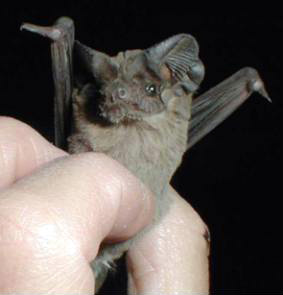Facts About Brazilian Free-tailed Bat
The Mexican free-tailed bat, also known as the Brazilian free-tailed bat, is a medium-sized species native to the Americas and one of the most prevalent mammals in North America. Despite their vast numbers, these bats are threatened by habitat destruction, primarily because they roost in large colonies in only a few locations. In California, their populations are of particular concern due to observed declines. Renowned for their remarkable velocity, Mexican free-tailed bats are reputed to be the fastest horizontal flyers in the animal kingdom, reaching speeds exceeding 100 mph. In 1995, the Texas Legislature designated them as the state mammal.
First described as a new species in 1824, these bats were initially categorized under the now-defunct genus Nyctinomus. Their closest relatives are found in South Africa and South Asia. Physically, they measure around 9 cm in length and are identified by their distinctive ears, long wings, and fur that ranges from dark brown to gray. They primarily prey on insects, utilizing echolocation to hunt. Their range extends from the southern United States to South America, with significant colonies in locations such as Bracken Cave in Texas.
Mexican free-tailed bats roost in both caves and buildings, with notable urban colonies in cities like Austin and Houston, Texas. They are known for their migratory patterns and extensive foraging behavior. Their diet consists mainly of insects, and they face natural predators such as birds and mammals. While instances of rabies are low among them, they have not been significantly impacted by white-nose syndrome, which affects other bat species, likely due to their distinct habitat preferences.
These bats are nocturnal and often forage at high altitudes. They have been recorded flying at speeds up to 160 km/h. Their roosts produce substantial amounts of guano, resulting in elevated levels of ammonia—a condition they have genetically adapted to tolerate. Echolocation is crucial for their navigation and hunting. During the breeding season, females form maternity roosts, where they exhibit complex mating and reproductive behaviors.
Efforts to protect these bats include conservation initiatives, such as those in Mexico aimed at preserving Cueva de la Boca, a significant roosting site. Although these bats are abundant, specific populations face threats from vandalism, pollution, and uncontrolled tourism, underscoring the importance of conservation measures for their protection.
